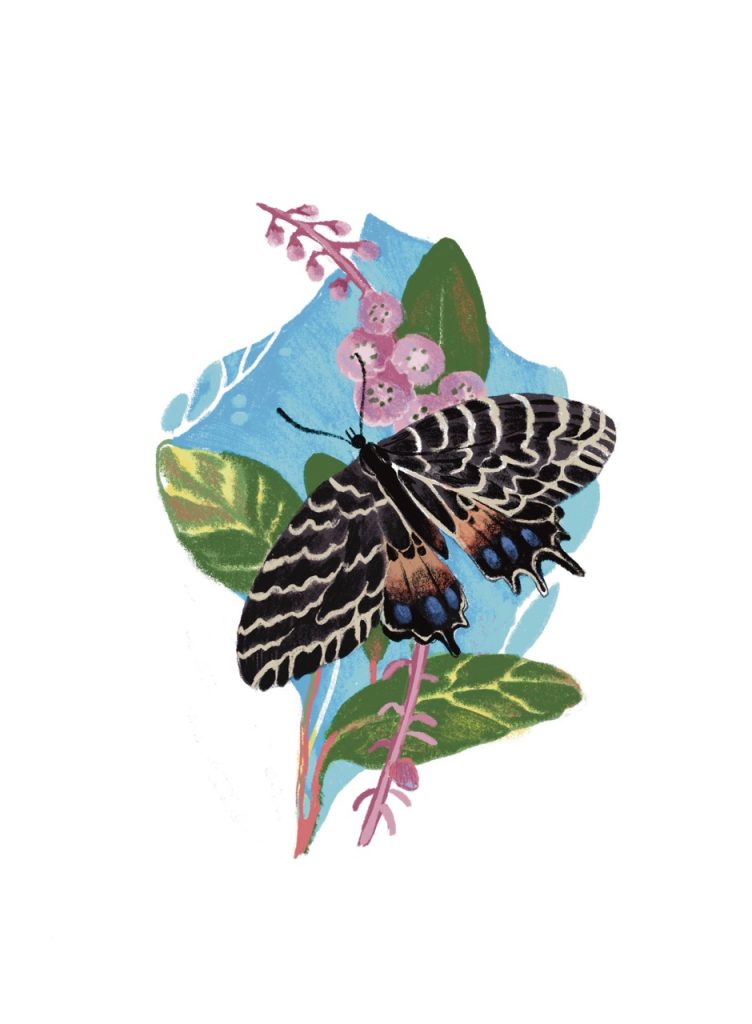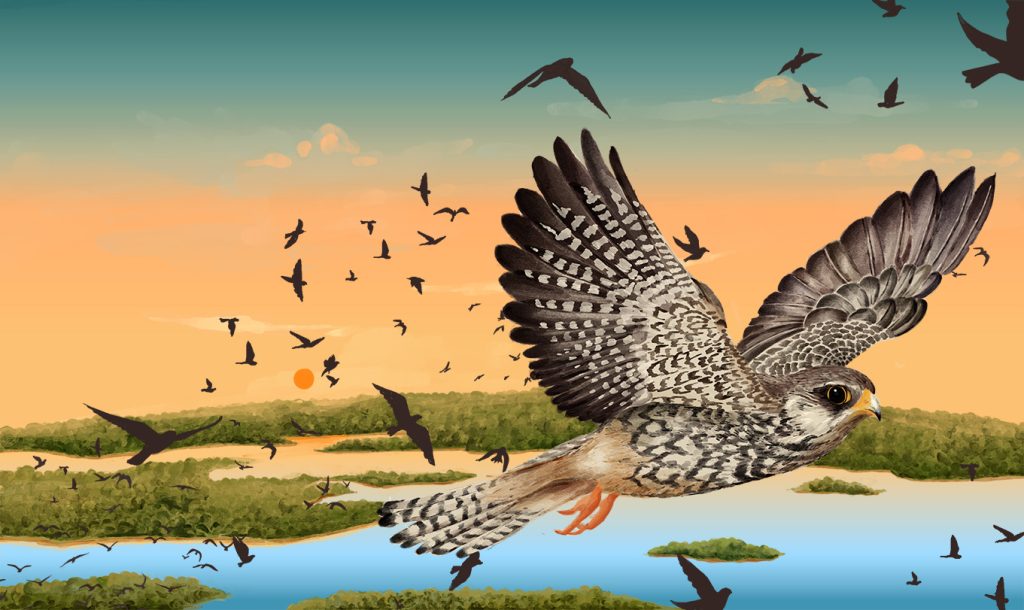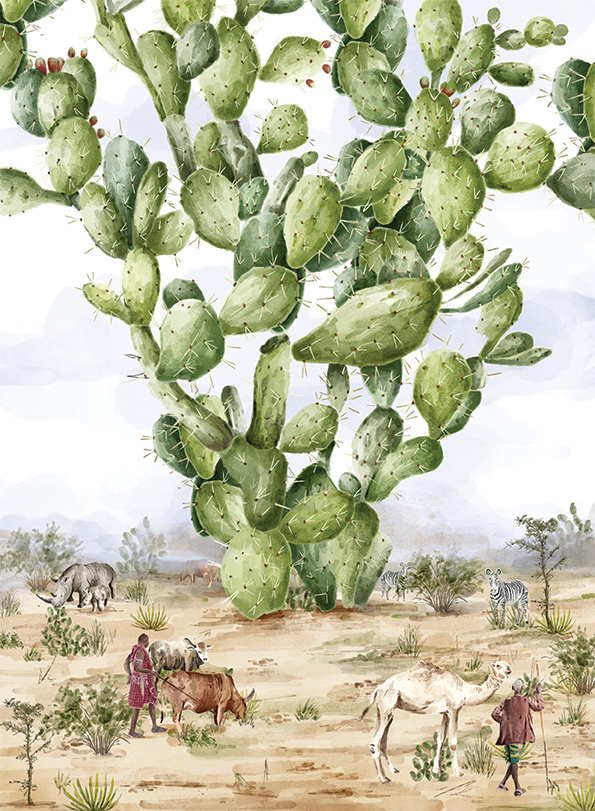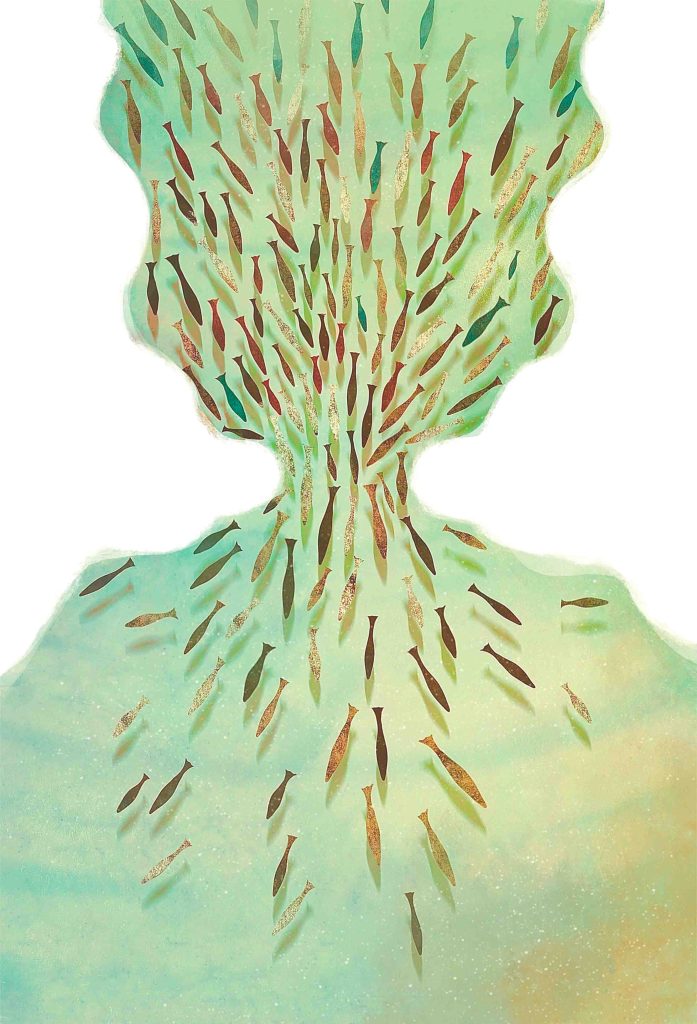Mist curls in rising ribbons from the Northern Michigan lake early in the morning. The sun peaks over the horizon just as the world awakes. As I watch this breathtaking sight, I notice something moving in the underbrush along the shoreline. A family of North American river otters emerges from the shrubbery and enters the crisp early spring water. This was one of my first encounters with the subfamily Lutrinae. Watching this cute little family swimming together had me hooked.
I have crossed paths with otters many times since, and my love for them has only grown. As I grew older and advanced my knowledge, I learned that their peaceful existence is anything but. Water quality around the globe has become a pressing concern for all of Earth’s inhabitants. No country is immune to issues concerning the quality of the water we drink and that which is in the ecosystems that surround us.
Of the thirteen extant species of otters in the world, all but the North American river otter is either threatened or endangered. The life history of the subfamily has uniquely tied them to aquatic regions, and nothing is more integral to their survival than the quality of the waterways in which they reside. Otters have evolved over millions of years specifically for aquatic life. Their relationship with water places them in a prime position to be the spokes-family for water quality conservation.
The issue
Nearly one third of the world’s population is drinking from water contaminated with feces and other pollutants. This is not restricted to third-world countries either. Even in the developed world, this remains an issue. During severe weather in most cities, sewer systems discharge directly into waterways without being treated. I remember living in Traverse City, Michigan, and being unable to go swimming in the bay due to heavy rains and E. coli being found in the water. This is a common occurrence in many cities as older sewage systems are unable to keep up with demand especially in larger cities and dump untreated wastewater directly into waterways.
Our relationship with water is very unhealthy. It is the second most important thing to our survival yet we have such a disparaging report with our water resources. Regulation is often lacking and, in many cases, difficult as much of the pollution entering the waterways is from nonpoint-source pollution. This pollution does not have a single source like the discharge from an outflow pipe. There are many places in the world where people are simply struggling to survive every day and don’t have the forethought to worry about longevity when the immediate is much more pressing.
As decreased water quality becomes more prevalent, especially in impoverished or indigent societies, ecosystems deteriorate causing a compounding calamity. The ecosystem’s health declines leading to decreased resources causing the inhabitants to make more catastrophic decisions, thus accelerating the decline. This is where otters can play a crucial role, but it is imperative to understand their evolutionary history to comprehend their significance today.

Evolution of the subfamily
The origins of the subfamily lie somewhere between 13.5 million and 14.1 million years ago. Sivaonyx was the initial genus that arose and diverged from the Mustelidae family around this time in Southeast Asia, based on fossil evidence. A lot of speciation and emigration occurred during this time period as the newly formed subfamily moved westward following aquatic ecosystems. It would reach all the way into Africa and Europe during the same time. The largest ever species of the subfamily was found in Africa, and weighed between 200 and 400 lbs.
The Pliocene saw an immense explosion of diversity, especially in Europe. Many species evolved, with a large majority going extinct. It appears that the subfamily migrated to North America and spread down to South America from Asia. Much like a large portion of the fauna that came to the Americas, otters crossed the land bridge of Beringia. Later during the Pleistocene, much of the extant species arose. At some point during this time, they developed fur that had water resistant qualities helping them move more easily in water, and shed water upon exiting. In the case of otters living in cooler climates, they even developed natural “dry suits” with the outer fur protecting the underfur and keeping it dry. Their paws also developed webbing to help them swim in water. A commonality as a species that arose and went extinct is their proximity to aquatic ecosystems. Nearly all of them were located in or near aquatic ecosystems. The subfamily had become uniquely adapted to riparian regions, and a very effective predator within that region. There are two distinct groups, those that are bunodonts (crab-eating), and those that eat fish. They fill a role much like the wolves in Yellowstone National Park and Isle Royale. As a small predator, they control overpopulation by prey species and prevent the collapse of many ecosystems. They are very efficient hunters and due to their unique semi-aquatic nature, they are able to maintain healthy populations within their communities and stabilize the ecosystem. Unfortunately, a majority of the species are in decline. One cause of this decline in temperate climates is due to poor water quality leading to unsuitable habitats.
Creating a flagship
Temperate climate otters have positioned themselves to become the primary flagship species for discussing water quality. Water quality can be discussed with tropical otter species too, though threats such as hunting or poaching and habitat loss are more considerable. Should otter species in general be turned into the flagship for water quality, it could afford tropical species some protection from these threats.
Millions of years of evolution has created a charismatic species that can be utilized to engage citizens and organizations in the development of better water quality and ecological conservation efforts. The subfamily allows for people to engage in the discussion of water quality and conservation in a different way. It also allows for a symbiotic relationship between human health and ecosystem health. As communities engage in increasing their water quality for their own health, otters will benefit from the cleaner waters and healthier ecosystems. Increased attention towards otters will enhance the protection of waters used for drinking by citizens.
This new symbiotic relationship can be used to create new relationships across the globe and create a cohesive program to protect and revitalize the world’s water supply. As threats to the ecosystems of the world and human health increase, developing flagship species that can turn the tides are pivotal to conservation success. The need for such a species is great, and investing in one that has tangible benefits for humans is an easy sell for gaining organizational and governmental support. Otters are primed to be the flagship to save our planet.
Further Reading
Geraads, D., Alemseged, Z., Bobe, R., and Reed, D. 2011.
Enhydriodon dikikae, sp. nov. (Carnivora: Mammalia), a gigantic
otter from the Pliocene of Dikika, Lower Awash, Ethiopia. Journal
of Vertebrate Paleontology 31(2): 447-453.
Kruuk, H. 2014. Otters: Ecology, behaviour and conservation.
Oxford: Oxford University Press. National Geographic. 2019. Otters. https://www.nationalgeographic.com/animals/mammals/group/otters/.
Accessed on September 22, 2020.






